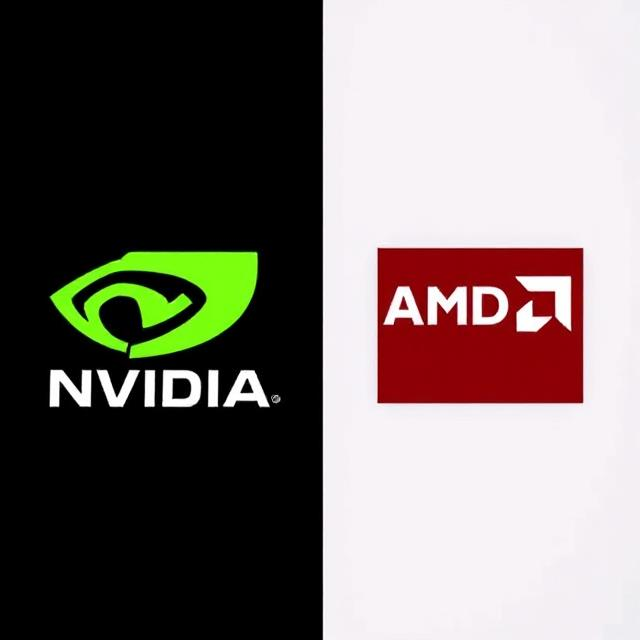From Code to Action: AI Agents and Smart Machines Are Powering Chip Growth

From Code to Action: AI Agents and Smart Machines Are Powering Chip Growth
While Apple continues to face challenges in revamping Siri with next-gen AI, the broader artificial intelligence ecosystem is surging forward — and taking the global semiconductor industry with it. According to a new report by Counterpoint Research, the ongoing AI revolution is set to propel the worldwide chip market past $1 trillion in annual revenue by 2030.
That would nearly double the market’s 2024 value of $656 billion, marking one of the most rapid expansions in tech history.
AI’s Three Waves: From Text to Thinking Machines
Counterpoint identifies three distinct phases in the evolution of AI infrastructure, each driving new demands for computing power and specialized chips.
We’re currently in the second wave, dominated by Agentic AI — systems that don’t just respond, but plan, act, and make decisions autonomously. This shift has led to an exponential increase in AI token generation, powering advanced applications like:
- Real-time conversational agents
- Semantic and contextual search
- AI-driven multimedia creation (images, audio, video)
These workloads require massive amounts of processing power, high-bandwidth memory, and fast networking — all of which rely heavily on advanced semiconductors.
The first wave laid the foundation, moving AI from simple text-based models to multimodal generative AI capable of understanding and creating across different media types. This transition alone significantly boosted demand for GPUs and AI accelerators.
Now, the industry is preparing for the third wave: Physical AI.
Physical AI: The Next Frontier for Chips
Physical AI refers to intelligent systems that interact directly with the real world — such as autonomous vehicles, industrial robots, humanoid machines, and smart factories. Unlike AI that lives in the cloud or on your phone, Physical AI operates in real time, making decisions based on sensor data, movement, and environmental feedback.
Semiconductor chips are at the heart of this transformation. They power everything from robotic actuators and vision systems to edge AI processors and low-latency communication modules. As these machines become more common, the demand for specialized, high-efficiency chips will skyrocket.
Who’s Leading the Charge? Tech Giants Are Betting Big
Major tech companies are already investing billions to position themselves at the forefront of this shift.
- Amazon recently formed a dedicated robotics team and unveiled its first robot equipped with tactile sensing, a major step toward more responsive, real-world AI.
- Nvidia launched the Blackwell Ultra GPU, specifically designed for large-scale AI reasoning and agentic workloads — a clear signal of where the industry is headed.
- Meanwhile, one in every four laptops shipped in 2024 came with GenAI capabilities, enabling on-device AI features like real-time summarization, image generation, and voice processing.
Smartphone makers are also leaning into AI as a key selling point. Flagship devices from Google, Samsung, and Apple now highlight AI-powered photography, voice assistants, and productivity tools — even if Siri still lags behind competitors.
Revenue Surge: Servers and Smartphones Lead the Way
The chip market’s growth won’t come from one source — it’s a multi-front expansion.
According to Counterpoint:
- Server chips (critical for AI training and cloud inference) are expected to grow from $153 billion in 2024 to $464 billion by 2030.
- Smartphones, already a major revenue driver at $172 billion, are projected to reach $259 billion in AI-related chip sales by the end of the decade.
While consumer devices remain important, the real growth engine is enterprise AI infrastructure — data centers, private clouds, and edge computing systems.
From Hardware to Ecosystem: The AI Business Model Is Evolving
One of the most significant shifts highlighted in the report is the changing nature of AI revenue.
In 2024, about 80% of AI-related income came from hardware sales — GPUs, NPUs, memory chips, and AI-enabled devices. But the future lies in software and services.
Just like the smartphone market evolved from selling phones to monetizing apps, subscriptions, and cloud services, the AI economy is expected to follow the same path. Companies will increasingly profit not from selling chips, but from:
- AI-powered business automation
- Subscription-based AI tools
- Cloud inference platforms
- Vertical-specific AI agents (e.g., in healthcare, finance, logistics)
As Counterpoint’s VP of Research, Niel Shah, noted, AI isn’t just about smarter devices — it’s about driving efficiency, cutting operational costs, and boosting productivity across industries.
Conclusion: A Trillion-Dollar Transformation
The path to a $1 trillion semiconductor market isn’t just about faster chips — it’s about a fundamental shift in how technology interacts with the world. From conversational agents to robots that can feel and react, AI is becoming more autonomous, more physical, and more embedded in everyday life.
And every step forward requires more silicon.
While Apple may be playing catch-up with Siri, the rest of the tech world is building the foundation for an AI-driven future — one chip at a time.





